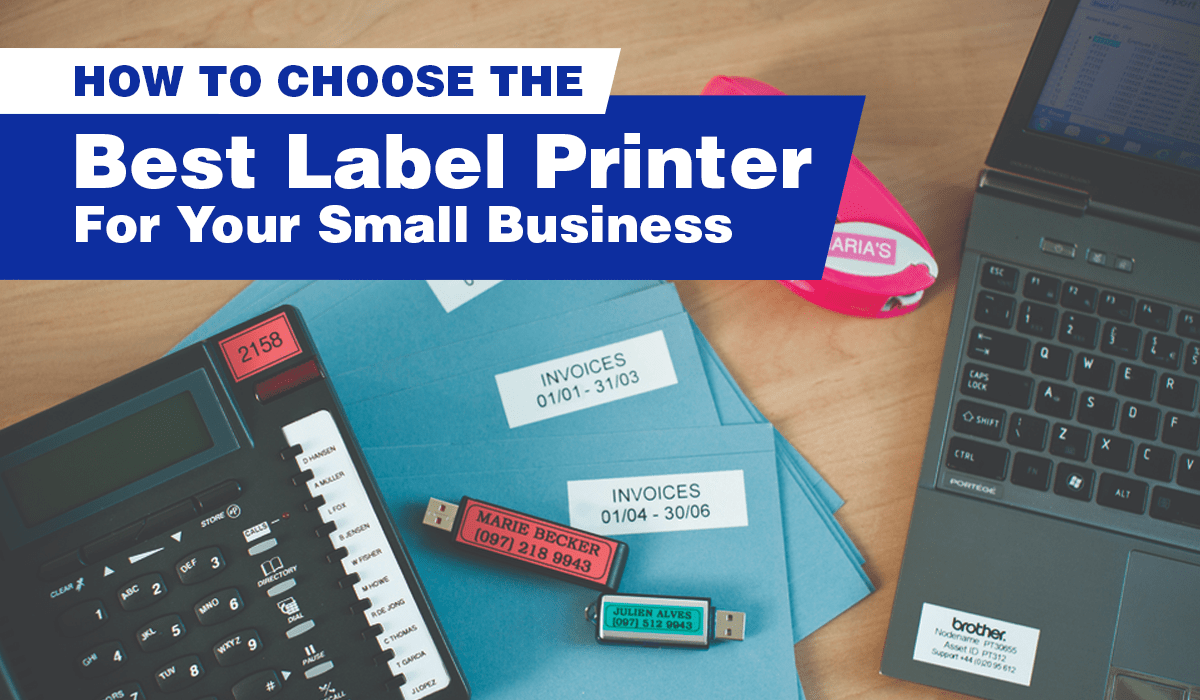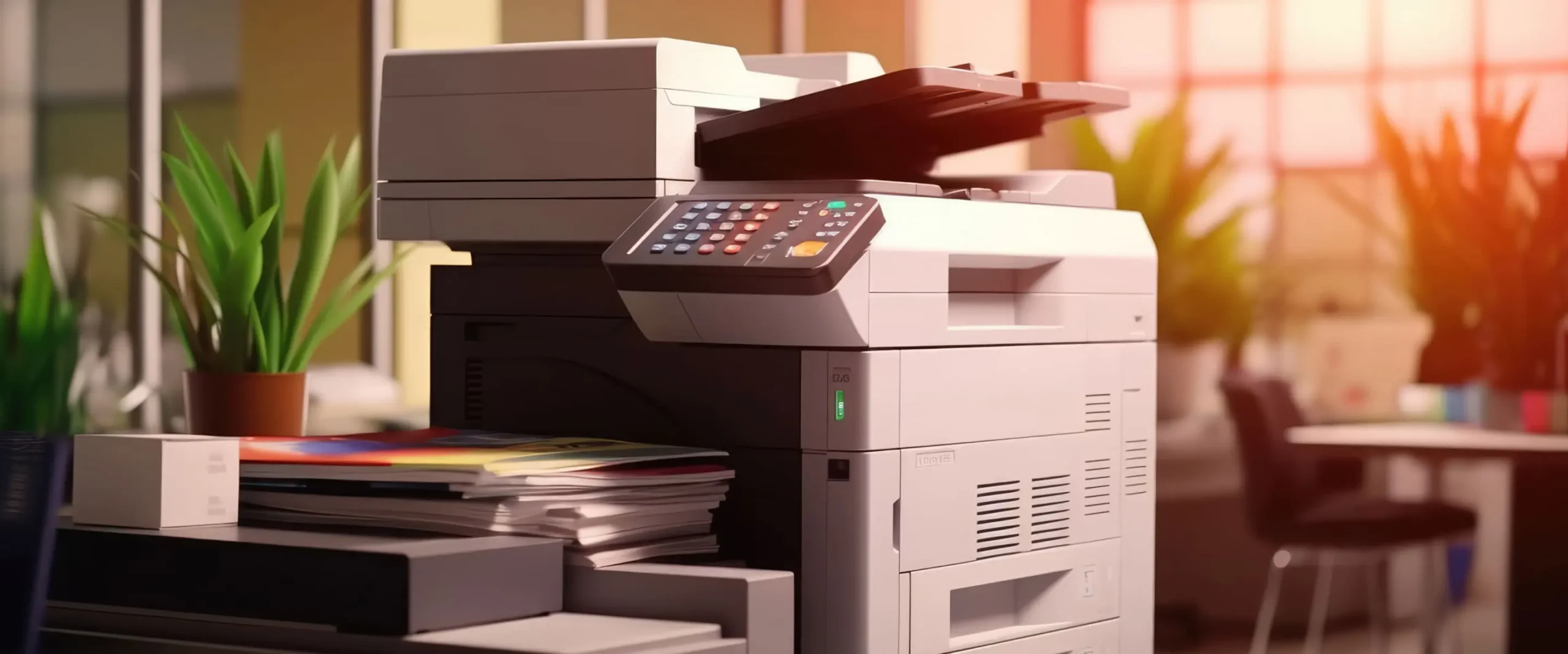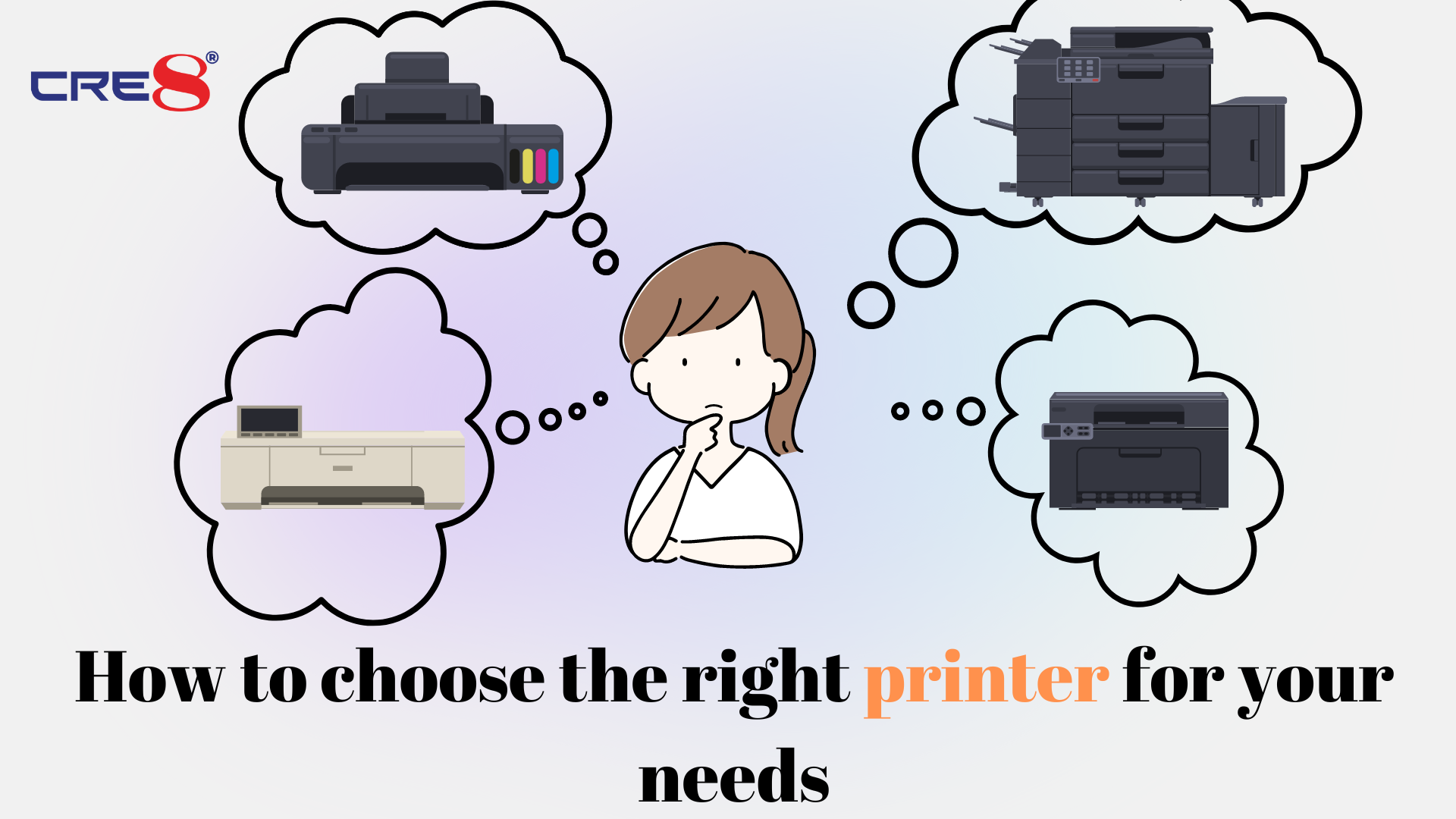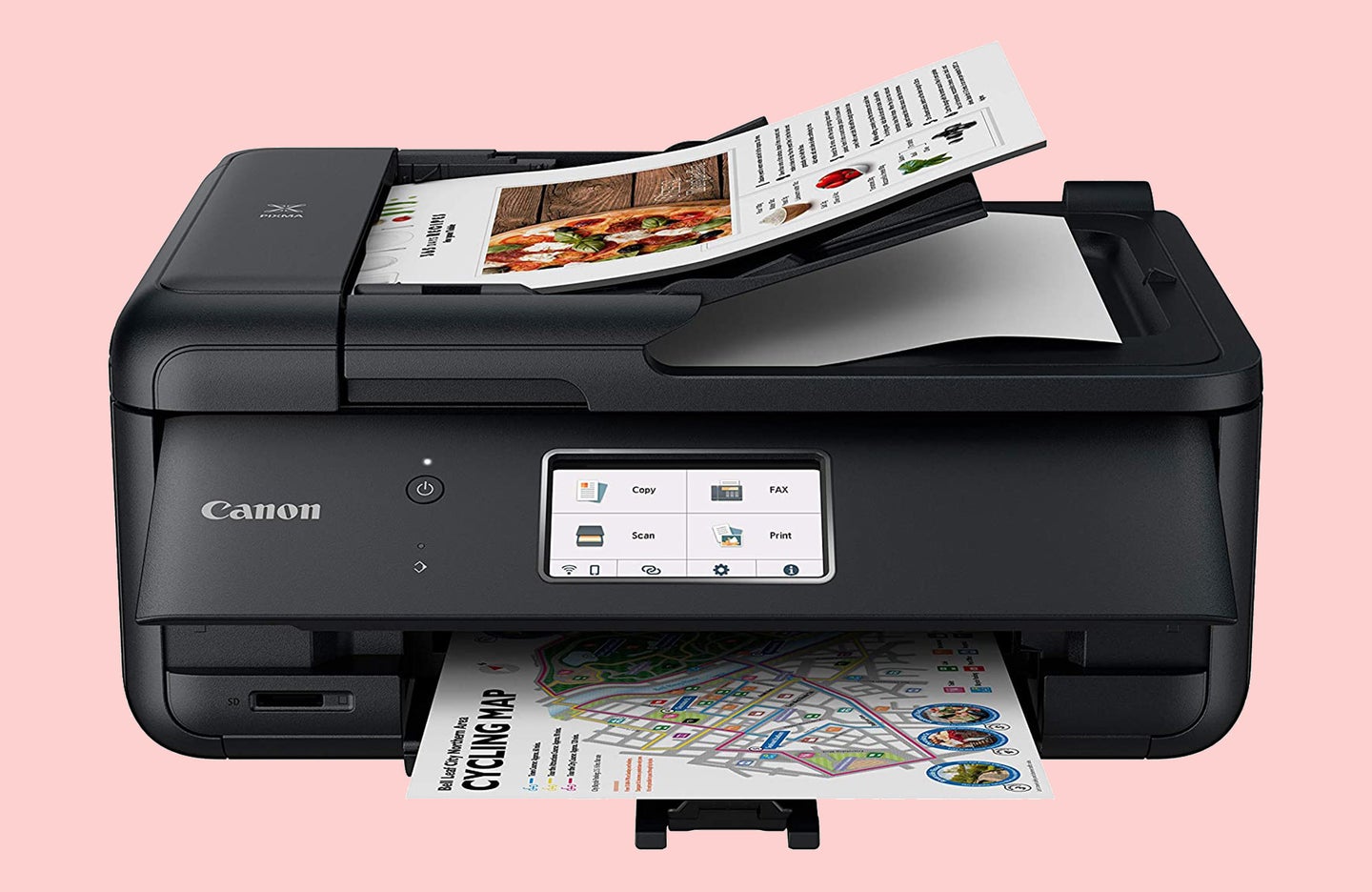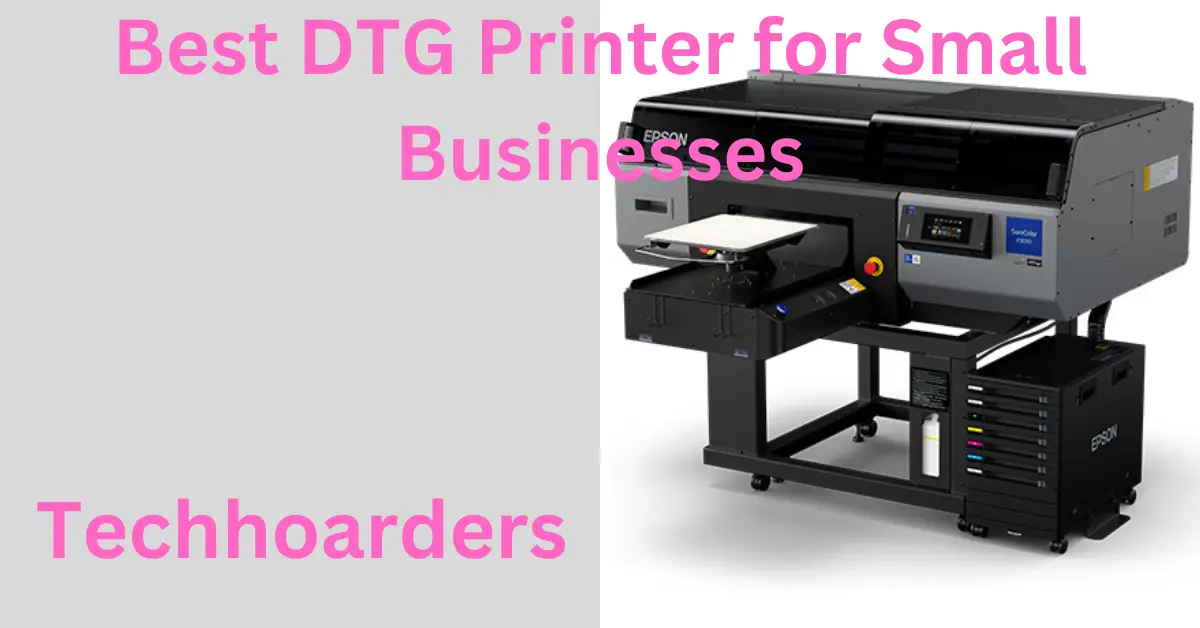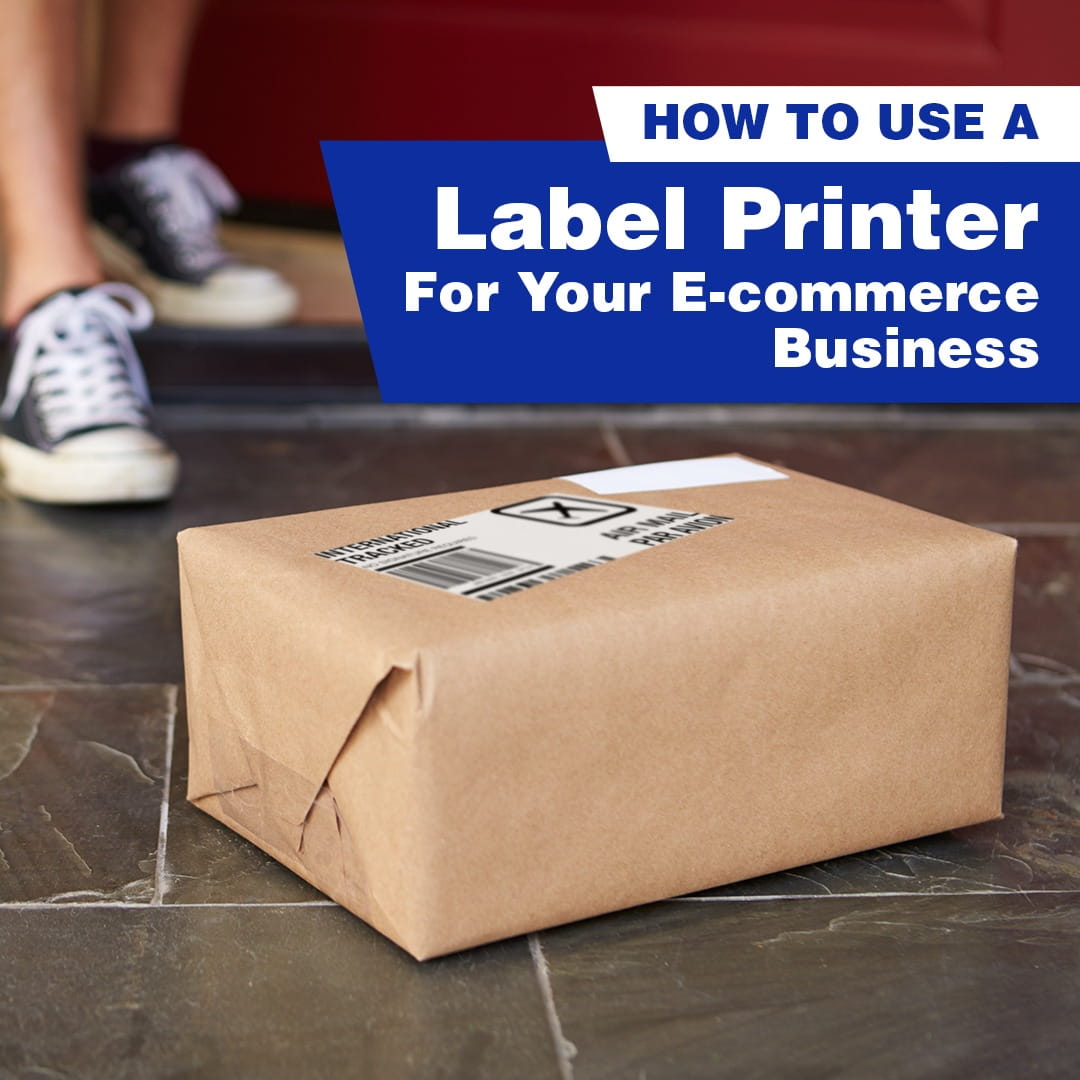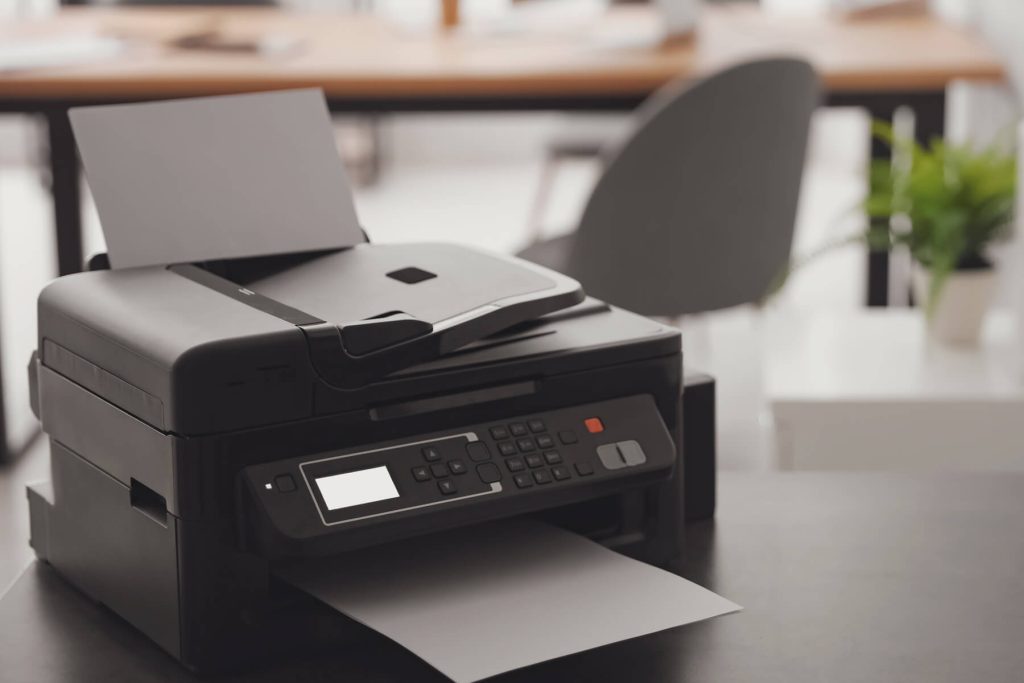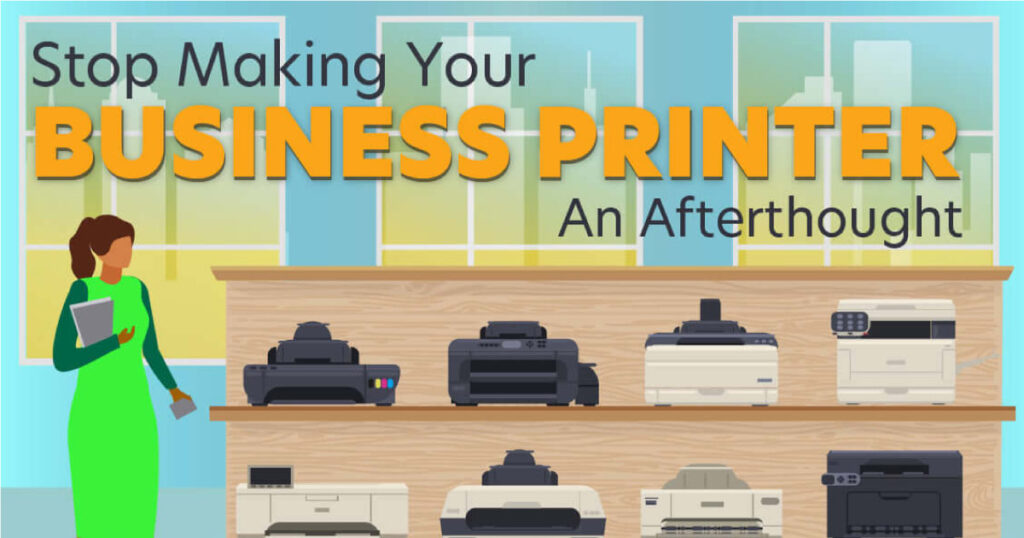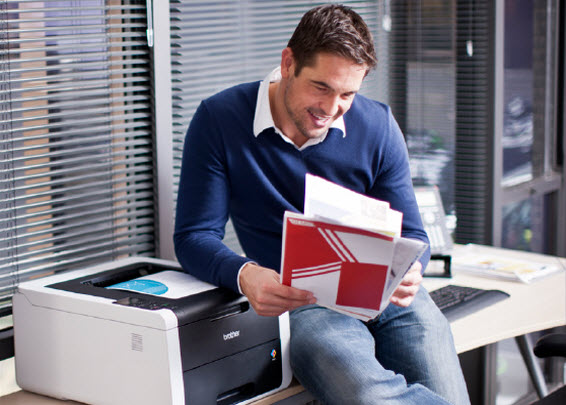How To Choose A Printer For Small Business
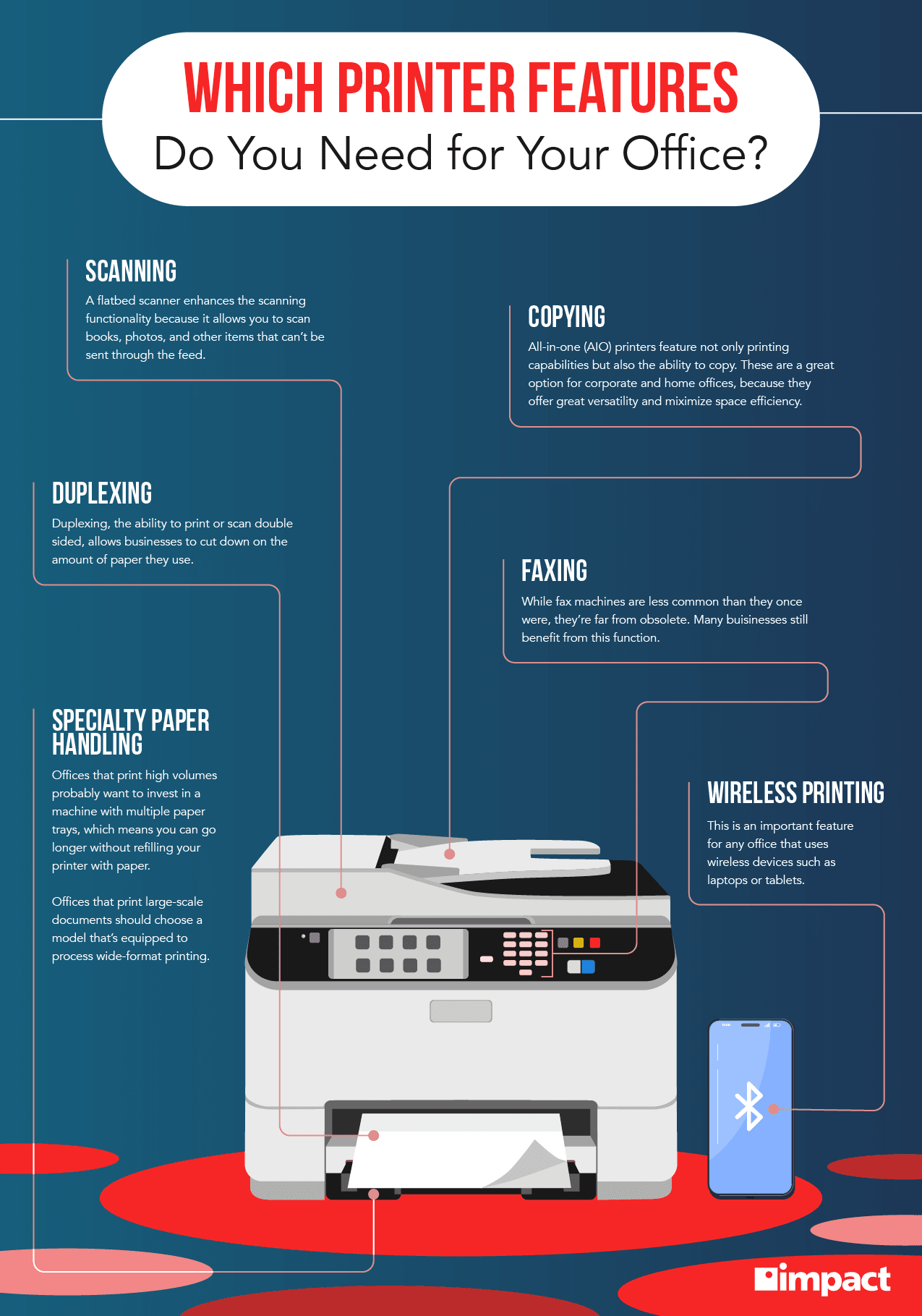
In today's hyper-competitive business landscape, efficiency isn't just an advantage; it's a necessity. Overlooking seemingly minor details, like the choice of a printer, can translate into significant operational bottlenecks and unexpected costs. A poorly chosen printer can drain budgets and stall productivity.
Selecting the right printer involves navigating a complex maze of specifications, functionalities, and pricing models. This decision demands a strategic approach, aligning printing needs with the available technologies and budgetary constraints. This article serves as a comprehensive guide, empowering small business owners to make informed decisions that optimize their printing infrastructure.
Understanding Your Printing Needs
Before delving into the technical specifications of various printers, meticulously assess your business's printing demands. What volume of documents do you print daily, weekly, or monthly? Consider both black and white and color printing needs.
Also, what document sizes and types do you regularly print? Legal documents, marketing brochures, or standard letters will influence your choice. Analyze the frequency of specialized tasks like scanning, copying, and faxing.
Inkjet vs. Laser: A Fundamental Choice
The most fundamental decision is choosing between inkjet and laser technology. Inkjet printers excel in producing high-quality color prints and are often more affordable upfront. They are suitable for businesses with moderate printing volumes and a focus on color accuracy.
Laser printers, on the other hand, are renowned for their speed and cost-effectiveness when printing large volumes of black and white documents. Laser printers typically have a higher initial cost but offer a lower cost per page in the long run. This makes them ideal for businesses with substantial text-based printing needs.
Key Features and Specifications
Once you have determined your printing needs and technology preference, focus on key features. Print resolution (DPI) dictates the clarity and sharpness of printed images and text. Consider connectivity options like Wi-Fi, Ethernet, and mobile printing capabilities for seamless integration with your network.
Printing speed, measured in pages per minute (PPM), is critical for businesses with high-volume printing requirements. Consider the printer's paper handling capacity. This will save you time reloading frequently.
Also consider automatic duplex printing (printing on both sides of the page) to reduce paper consumption.
Cost Considerations: Beyond the Initial Price
The initial purchase price of a printer is only one piece of the cost puzzle. Calculate the total cost of ownership (TCO), which includes the cost of ink or toner cartridges over the printer's lifespan. Research the yield of cartridges (number of pages printed per cartridge) and the price of replacement cartridges.
Some manufacturers offer high-yield cartridges that provide a lower cost per page. Also, factor in maintenance costs, such as repair services and replacement parts. Consider the printer's energy consumption, as it can impact your electricity bills.
Security Concerns in a Connected World
In today's interconnected environment, printer security is paramount. Ensure the printer offers features like secure printing. This requires users to authenticate at the printer before releasing their print jobs.
Also, implement access controls to restrict unauthorized users from accessing printer settings and functionalities. Investigate encryption protocols to protect sensitive data transmitted over the network. Keep the printer's firmware updated to patch security vulnerabilities and protect against potential threats.
Managed Print Services: An Alternative Approach
For businesses seeking a hassle-free printing solution, managed print services (MPS) offer a compelling alternative. MPS providers handle all aspects of your printing infrastructure, from printer procurement and maintenance to supply replenishment and security. MPS can optimize your printing environment, reduce costs, and free up IT resources to focus on strategic initiatives.
Sustainability and Environmental Impact
Consider the environmental impact of your printing choices. Look for printers with energy-saving modes and eco-friendly certifications like Energy Star. Reduce paper waste by enabling duplex printing and promoting digital workflows.
Explore recycling programs for used cartridges and printers. Choose printers made from recycled materials and with a minimal environmental footprint. Consider your carbon footprint in your decision.
Future-Proofing Your Investment
The best printer for your small business is one that not only meets your current needs, but can also adapt to future growth and technological advancements. Consider printers with expandable capabilities, such as the ability to add paper trays or support new printing technologies. Opt for models with regular firmware updates to ensure compatibility with evolving software and security protocols.
Choosing the right printer is an investment that pays dividends through increased productivity, reduced costs, and enhanced security. By carefully evaluating your business's printing needs, considering key features and specifications, and understanding the total cost of ownership, you can make an informed decision that sets your small business up for success. Prioritize research, compare models, and consider consulting with printing experts to ensure you choose the optimal printing solution for your unique requirements.

